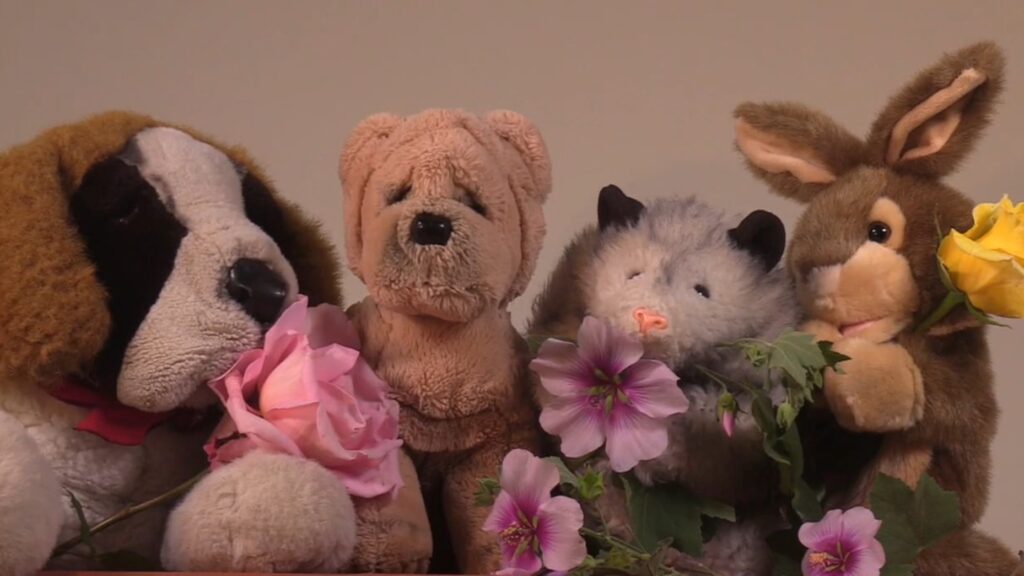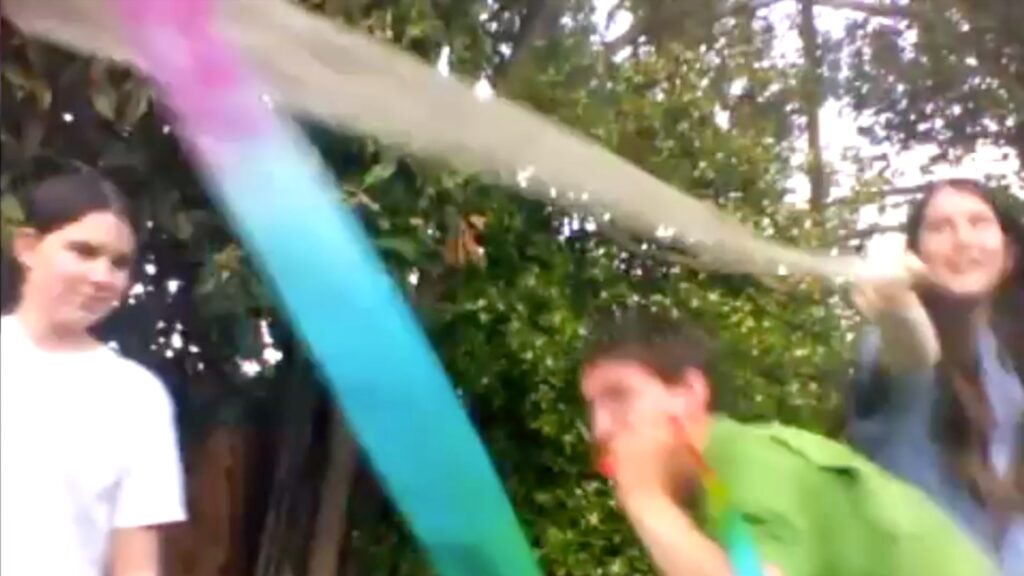Dr. Sharpie, Rolf, Possum, and Nicky ask to be told the old story of the UU Flower Communion, or Flower Celebration.

Full script below the fold.
Rolf: Dan, can you tell us the story of the Flower Communion again?
Dan: Don’t you know that story already?
Possum: You tell it better. But you don’t have to tell us that Unitarian churches in the Midwest did flower services starting in 1875.
Rolf: Just start with Maja Oktavec, when she came to the United States from the Czech Republic.
Sharpie: And we already know that she was a librarian in the New York Public Library.
Nicky: And she fell in love with Norbert Capek, and they married in 1917.
Dan: OK, I’ll start there. Norbert was a Baptist minister, but he started to doubt his Baptist beliefs. Maja encouraged his doubts. After they married, he resigned from the Baptist ministry because of his doubts.
Rolf: They sound like Unitarians to me!
Dan: One day, their children wanted to go to Sunday school. Each week, the children chose a church to try. Afterwards, Maja and Norbert asked them what they had learned. It always sounded like the same old religion they had left behind, so they’d ask the children to try a different church next week.
Possum: Until the children went to a Unitarian church.
Dan: And they told their parents that they had been encouraged to wonder and to ask questions. So of course they returned to the Unitarian church. And Norbert and Mája decided that they’d attend the Unitarian services, and then they became Unitarians.
Nicky: Meanwhile, back in Europe….
Dan: The Capeks’ homeland became an independent country. The American Unitarians helped Norbert and Mája to go back to Czechoslovakia to start a Unitarian church in the city of Prague.
Sharpie: And they didn’t want to be reminded of the religions they had left behind.
Dan: In 1923, Norbert and Mája created a new Unitarian ritual that wouldn’t be like anything in any other religion. They called it the Flower Celebration.
Possum: Now we call it a Flower Communion.
Rolf: Yeah, and everybody gets to exchange flowers.
Nicky: Exchanging flowers symbolizes how all we are all connected to one another.
Dan: Soon the Unitarian church in Prague had three thousand members. It was largest Unitarian church anywhere. But next to Czechoslovakia, in Germany, the Nazis had taken over the government. In 1939, the Nazis began invading nearby countries.
Rolf: This is the scary part.
Dan: Maja came to the United States to raise money to help refugees who were escaping from the Nazis. While she was here, the Nazis invaded Czechoslovakia. Norbert was arrested because he spoke out for freedom. The Nazis put Norbert into a concentration camp, where he died in 1942. After the Nazis were finally defeated, Mája stayed in the United States. Norbert’s death made her sad, but she watned to keep working to make the world a better place.
Nicky: Now for the good part!
Dan: Maja decided to bring the joyous Flower Celebration to Unitarians here in the United States. What better way to remember Norbert, and all the Czech Unitarians who fought for freedom?
Possum: I’m glad Maja Capek brought the Flower Communion to the United States.
Sharpie: I like the way the Flower Celebration honors the connections between all beings.
Rolf: I like the flowers!
Nicky: Now I can’t wait till next year’s Flower Communion!

